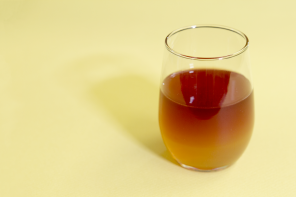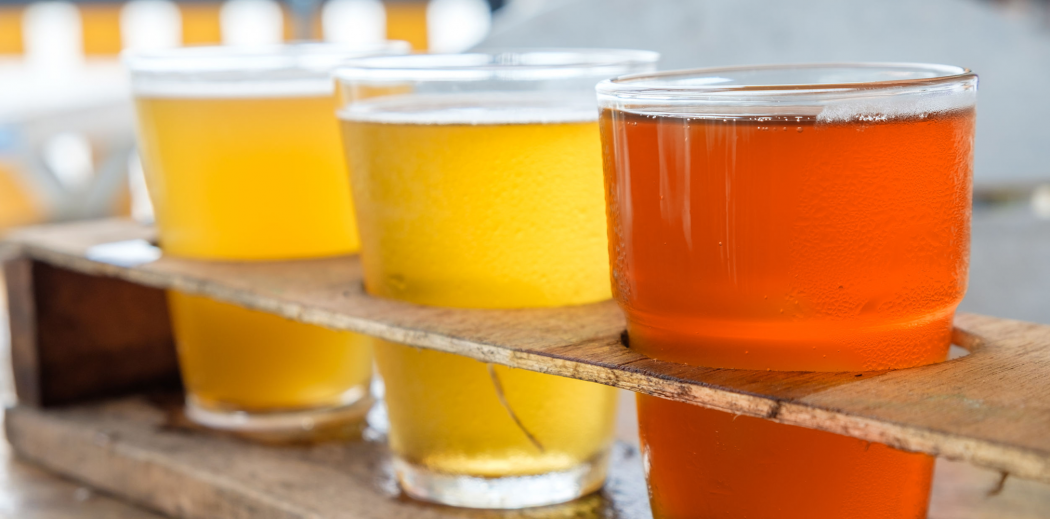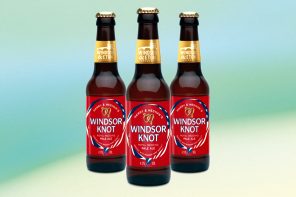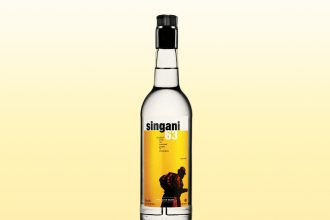We’re calling it: sour beers are the new IPAs. These funky brews are intentionally sour and lightly fizzy, pair exceptionally well with food and come in a seemingly endless amount of flavors (think: blood orange, apricot, peach and passion fruit).
Traditionally, beer was made sour when it was exposed to wild yeast and bacteria. So, before refrigeration and scientific advances in fermentation, all beer was sour. Eventually, brewers created processes to remove this sour flavor that has made a comeback in recent years.
Today, brewers add bacteria to sour their beers, used alongside wild or commercial yeast. Some brewers also add fruit while the beer ages, causing a second round of fermentation. Making sour beer is a risky and specialized technique, though the practice has spread from its birthplace in Belgium to other parts of the world.
Some types of sour beer include American wild ale, Flanders red ale and Belgian Lambic beer—though these three beers are quite different in production and taste. Wild ale uses a combination of wild yeast and bacteria, and the flavor of the final product can range from funky to earthy. The biggest difference from European sour beers is that this American version doesn’t have to conform to certain specifications to be considered a sour.
Flanders red ale is considered to be the most wine-like beer thanks to its tannins and lack of bitterness. This ale is typically aged in oak barrels for three years, and its sour flavor comes from naturally occurring microorganisms, bacteria and yeast in the barrels. Flanders red ale is quite fruity, with plum and berry notes.
Lambic beer is one of the most well-known varieties of sour, and comes from Belgium. It’s a spontaneously fermented brew that dates back to the 13th century, and the finished product has a flavor similar to sherry and cider. Lambic is often used as a base for fruit beers, adding sour cherry or raspberry flavors.
Sour beers are best drunk alongside food—especially fatty food. Instead of opening a bottle of wine, try a sour alongside foie gras, rich fowl like duck and tangy cheese. The bright, acidic flavor of the beer will bring wonderful contrast to the food. Try a German-style sour with a bacon-topped hamburger, a wood-aged sour beer with a veggie-packed salad or a sour cherry beer with ultra creamy burrata cheese.
So if you’re not a beer drinker, rethink your pairings with sour beer—it just might surprise you.




















